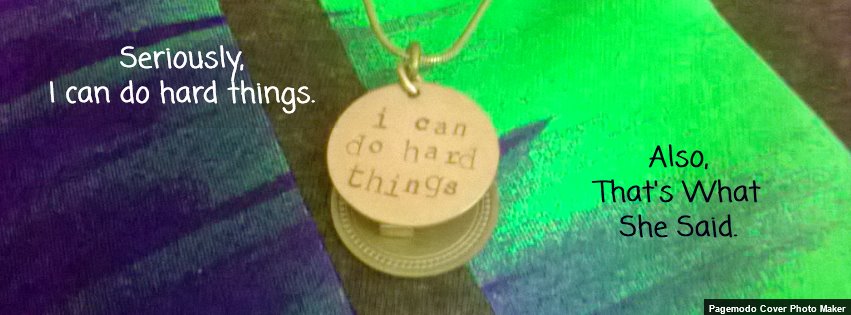The July 4th holiday is fun in the sun for a lot of people, but for those with PTSD, it’s basically just terrible. This nationwide celebratory weekend has jarring booms and blasts, crowds, heat, and other stimuli that are overwhelming and triggery.
The good news is that there are ways we can protect ourselves during the July 4th holiday from environmental triggers that can eat up an hour or a day or more of our lives. Here are five ways to lessen the impact of the noisy July 4th celebrations. Enjoy the acronym, where if you put the first letters of each one together, it makes the word SPARK!
I know, I’m sorry, I can’t help it. Hopefully, though, one or more of these suggestions will resonate and be useful during the July 4th weekend.
Stay Home…or Don’t
Staying home is one of the safest ways to guard against PTSD environmental triggers during this holiday. But maybe you’re not into isolating or staying home.
The important point is that you have the choice and you have your own voice. You get to decide how, where, and when you will – or will not – celebrate our nation’s birthday over the weekend. You get to decide if you will stay for the fireworks or if you will stay home. Either way, you remain in control, and that in itself will help cut down triggers.
Plan Ahead

Planning ahead also helps to avoid unexpected triggers, even if your plan is to not have a plan. If structure helps, create a schedule of the activities for the weekend and especially for July 4th. Maybe there’s a fun parade in town, or maybe the crowds would be too much. Perhaps some time relaxing by a nearby river or lake would be welcome, or inviting people over for a barbecue. Maybe you would rather take advantage of the holiday with some typical weekend activities and a nap. Making a plan will help soothe your nervous system and make it easier to cope.
Ask for Help
If you’re spending time with others during the July 4th holiday, setting some preventative boundaries can help avoid potential triggers. Decide what you want to do on that day. For example, do you want to go to any barbecues? The town’s parade? The fireworks?
If you do decide to participate in any of these activities, consider that you don’t have to stay the whole time. You always have a choice. And you don’t have to do any of this alone. Go to these events with trusted friends and family members who are aware of your triggers and what you might need. When you feel a trigger coming on, you’ll be able to ask for what you need, including space and time for quiet or to simply get going.
Rest Beforehand
Let’s face it, these events and the possible triggers are exhausting. They are also fun and exciting, but they require some planning on our end to make things as peaceful as possible during this holiday. Be ready to deal with triggers by resting up beforehand so that you can make the most of the time out with friends and family at these fun activities. And do not forget to rest afterward to be able to enjoy the demands of everyday life.
Know Your Self-Soothing Skills
Escaping for a couple of moments to self-soothe is an important way to be able to have fun and practice self-care. This could look like escaping the heat by finding a piece of cool shade and spending some time alone. Breathing techniques, grounding exercises, and meditation are also helpful for self-soothing anywhere and at any time. I’ve been known to do a short meditation in a friend’s bathroom so that I practice self-soothing and avoid potential triggers.
There are many ways to help ensure that this fourth of July weekend will be a celebration worth remembering. The choices are yours!
Latest Posts
- It’s Time for Fancy Holiday Depression & Anxiety Resources Round Up!
- Election Anxiety? Check Out These Resources
- Short & Sweet Holiday Coaching Special
- To Read When You Feel Hopeless
- If You are Stressed During Election Week, You Have More Power Than You Think
Try Trauma Recovery & Grief Recovery Coaching

Sign up here to get a free copy of Five Things Every Trauma Survivor Needs to Know AND
61 Tips About the Grief Experience.
Find out more about Trauma and Grief Recovery Coaching
I offer one-on-one sessions, groups, PTSD Remediation, and classes. Appointments are offered in-person and online.
Try Trauma Recovery and Grief Recovery Coaching for Free! Book a free 30-minute Discovery Call to find out more!










